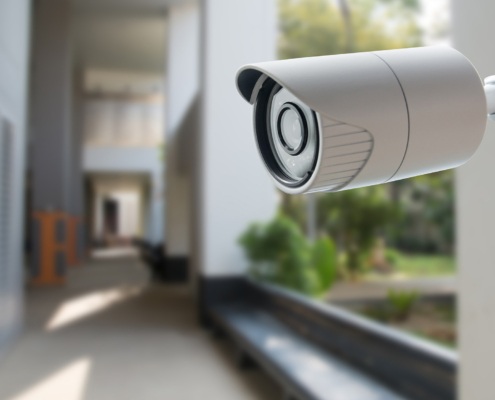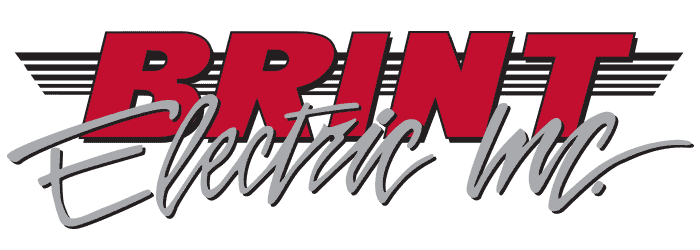 https://brintelectric.com/wp-content/uploads/2024/02/Common-Electrical-Issues-in-Businesses-and-How-to-Prevent-Them.jpg
1250
2000
AbstraktMarketing
/wp-content/uploads/2022/09/brint-logo-transparent.png
AbstraktMarketing2024-02-05 09:46:052025-11-03 15:32:44Common Electrical Issues in Businesses and How to Prevent Them
https://brintelectric.com/wp-content/uploads/2024/02/Common-Electrical-Issues-in-Businesses-and-How-to-Prevent-Them.jpg
1250
2000
AbstraktMarketing
/wp-content/uploads/2022/09/brint-logo-transparent.png
AbstraktMarketing2024-02-05 09:46:052025-11-03 15:32:44Common Electrical Issues in Businesses and How to Prevent ThemRegulations and Permits for Directional Boring Contractors
Directional boring has become a game-changer in construction and infrastructure development. It allows installing underground utilities with minimal disruption to the surface, making it an appealing choice for both public and private projects. However, this innovative technology is not without its challenges, especially when it comes to regulations and permits. In this blog, we’ll explore directional boring rules and the consequences of noncompliance.
The Importance of Regulations for Directional Boring Contractors
With the potential for environmental impact, damage to infrastructure, and public safety concerns, it’s no surprise that directional boring is subject to strict regulations and permitting requirements. These rules are in place to ensure that projects are executed safely and without causing harm to the environment or public property. Let’s dive into why these regulations and permits are essential.
Environmental Protection
One of the primary concerns in directional boring is the potential for environmental harm. Boring operations can intersect with sensitive areas, including water bodies, wetlands, and locations with endangered species. To prevent negative impact on the environment, regulations require thorough assessments and best practices during boring operations. Permits are necessary to confirm that a project adheres to these protective measures.
Public Safety
Directional boring projects often occur in populated areas, including city streets and residential neighborhoods. Safety is a top priority, as any accidents or mishaps during drilling can lead to major consequences. Regulations and permits ensure that contractors follow strict safety protocols, use quality equipment, and have emergency response plans in place.
Asset Protection
Underground utilities, gas lines, and other infrastructure can be disrupted or damaged during directional boring if it’s not executed correctly. Regulations and permits mandate proper mapping, utility locates, and notifications to relevant authorities to prevent such incidents.
Compliance With Local Laws
Each locality may have its own set of rules regarding directional boring. Understanding and complying with these local regulations is essential to avoid legal troubles that can delay or halt a project.
The Consequences of Noncompliance
Failing to comply with directional boring regulations and permitting requirements can have severe consequences, both legally and financially. Here are some of the potential outcomes of noncompliance:
Legal Penalties
Noncompliance with directional boring regulations can lead to legal action. This may involve fines, stop-work orders, or even criminal charges if serious harm or negligence is involved. Legal penalties can affect a project’s budget, not to mention a company’s reputation.
Delays and Project Disruption
Noncompliance can lead to delays. Legal issues, fines, or the need to revise plans can all extend the timeline of a project, causing significant financial losses. Delays can also damage a company’s reputation and strain relationships with clients.
Environmental Damage
Failure to follow regulations can result in environmental harm, which has long-lasting consequences. Cleaning up ecological damage is an expensive and time-consuming process, further adding to the financial burden of noncompliance.
Public Safety Risks
Ignoring safety regulations puts workers and the public at risk. Accidents or injuries can lead to costly lawsuits and damage a company’s image.
Damaged Infrastructure
Not adhering to regulations and safety precautions can result in damage to infrastructure, which may lead to repair costs and legal liabilities.
Loss of Permits
If a project is found to be noncompliant, permits may be revoked. This can stop a project in its tracks and necessitate a lengthy re-permitting process.
Directional Boring Contractors With a Safety-First Mindset
Brint Electric maintains a safety-first approach in everything we do. Learn more about our commitment to providing a safe working environment.
The Regulatory Landscape for Directional Boring Contractors
To avoid these consequences, it’s crucial to navigate the regulatory landscape effectively. Here’s a step-by-step guide on how to ensure compliance with directional boring regulations and permits:
Research and Understand Local Regulations
Start by researching the regulations governing directional boring in your area. Regulations can vary significantly from one locality to another, so it’s essential to understand the rules and requirements relevant to your project.
Identify Permitting Requirements
Determine which permits are required for your directional boring project. Common permits include environmental permits, right-of-way permits, and utility locates.
Engage with Regulatory Authorities
Contact the relevant authorities to discuss your project and permit requirements. This early engagement can provide valuable guidance, giving you a clear understanding of what’s expected.
Environmental Assessments
Conduct assessments to identify potential impact on the environment. Implement best practices and mitigation measures as required by regulations. This may include controlling drilling fluid disposal, minimizing soil disturbance, and protecting sensitive areas.
Safety Protocols
Establish stringent safety protocols and provide adequate training to your personnel. Adhering to standards helps prevent accidents and demonstrates your commitment to public safety.
Utility Locations
Before you begin your directional boring project, it’s essential to identify and locate utilities to avoid any accidental damage. Failing to do so can result in costly repairs and legal issues.
Document Everything
Keep meticulous records of all your permits, assessments, safety measures, and inspections. Good record-keeping is invaluable in demonstrating compliance and resolving disputes.
Regular Inspections
Conduct regular inspections to ensure that your project meets regulatory requirements. Promptly address any issues that arise during these inspections.
Emergency Response Plan
Develop a robust emergency response plan to deal with unforeseen incidents. This plan should cover the steps to take in the event of equipment failure, environmental spills, and safety incidents.
Compliance Training
Make sure your team is well-informed in all aspects of compliance, including environmental protection, safety measures, and legal requirements.
Brint Electric: A Compliant Directional Boring Contractor
As a leading directional boring contractor, Brint Electric understands the importance of adhering to regulatory standards. Our commercial electric experts take pride in following strict standards and maintaining a safe working environment.
Contact us today to learn more about our directional boring solutions.
Related Postings
 https://brintelectric.com/wp-content/uploads/2024/02/Common-Electrical-Issues-in-Businesses-and-How-to-Prevent-Them.jpg
1250
2000
AbstraktMarketing
/wp-content/uploads/2022/09/brint-logo-transparent.png
AbstraktMarketing2024-02-05 09:46:052025-11-03 15:32:44Common Electrical Issues in Businesses and How to Prevent Them
https://brintelectric.com/wp-content/uploads/2024/02/Common-Electrical-Issues-in-Businesses-and-How-to-Prevent-Them.jpg
1250
2000
AbstraktMarketing
/wp-content/uploads/2022/09/brint-logo-transparent.png
AbstraktMarketing2024-02-05 09:46:052025-11-03 15:32:44Common Electrical Issues in Businesses and How to Prevent Them https://brintelectric.com/wp-content/uploads/2024/02/Electrical-Safety-Precautions-for-Businesses.jpg
1250
2000
AbstraktMarketing
/wp-content/uploads/2022/09/brint-logo-transparent.png
AbstraktMarketing2024-02-05 09:35:492025-11-03 15:32:44Electrical Safety Precautions for Businesses
https://brintelectric.com/wp-content/uploads/2024/02/Electrical-Safety-Precautions-for-Businesses.jpg
1250
2000
AbstraktMarketing
/wp-content/uploads/2022/09/brint-logo-transparent.png
AbstraktMarketing2024-02-05 09:35:492025-11-03 15:32:44Electrical Safety Precautions for Businesses https://brintelectric.com/wp-content/uploads/2024/01/How-to-Find-the-Right-Security-Cameras-for-Your-Business.jpg
1250
2000
AbstraktMarketing
/wp-content/uploads/2022/09/brint-logo-transparent.png
AbstraktMarketing2024-01-23 08:35:162025-11-03 15:32:45How to Find the Right Security Cameras for Your Business
https://brintelectric.com/wp-content/uploads/2024/01/How-to-Find-the-Right-Security-Cameras-for-Your-Business.jpg
1250
2000
AbstraktMarketing
/wp-content/uploads/2022/09/brint-logo-transparent.png
AbstraktMarketing2024-01-23 08:35:162025-11-03 15:32:45How to Find the Right Security Cameras for Your Business

